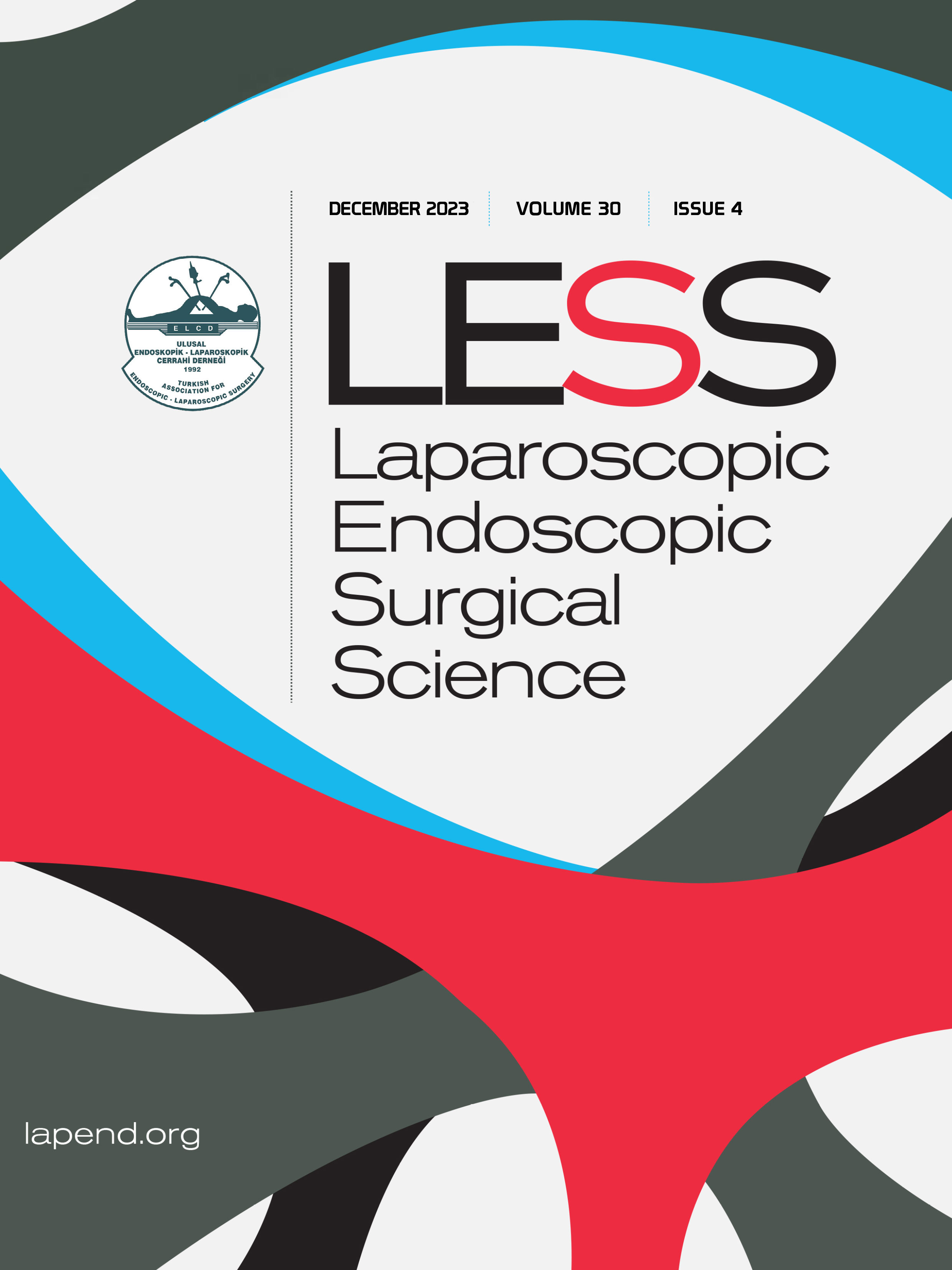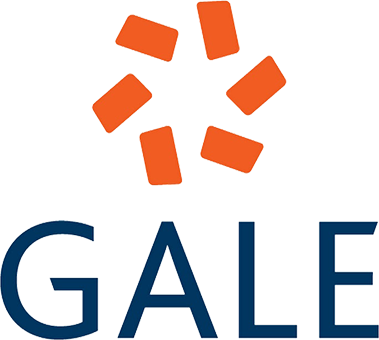The relationship between gastric wall thickness and age, gender, body mass index in patients undergoing laparoscopic sleeve gastrectomy
Hüseyin Tahsin Gülseven1, Makbule Çıkrıkçıoğlu2, Hacı Hasan Abuoğlu3, Ufuk Utku Göktuğ4, Tolga Müftüoğlu51Department of General Surgery, Tekirdag Dr. Ismail Fehmi Cumalıoglu City Hospital, Tekirdag, Türkiye2Department of Medical Pathology, Haydarpasa Numune Training and Research Hospital, Istanbul, Türkiye
3Department of General Surgery, Haydarpasa Numune Training and Research Hospital, Istanbul, Türkiye
4Department of General Surgery, Bahcesehir School of Medicine, Medical Park Hospital, Istanbul, Türkiye
5Department of General Surgery, Medical Park Hospital, Istanbul, Türkiye
INTRODUCTION: The most feared complication of sleeve gastrectomy is the development of leakage from the gastrectomy line. The aim of this study is to determine the range of gastric wall thickness in the fundus, corpus and antrum and to provide ideas that may help minimize complications that may occur after laparo-scopic sleeve gastrectomy.
METHODS: 101 consecutive patients who underwent sleeve gastrectomy surgery for obesity and severe obesity between 2017 and 2018 in this study were analyzed. Sleeve gastrectomy specimens were fixed in 10% formol solution. Sections were taken from the antrum, corpus and fundus and stained with hematoxylin and eosin. Measurements were made between the serosa and mucosa pili at five different points of each preparation. Results from these five different sites were averaged and recorded.
RESULTS: Our study was conducted on a total of 101 cases, 79 (78.2%) women and 22 (21.8%) men. Mean age is 38.79±10.34 (61-19) years. Body mass index (BMI) ranged between 36.4kg/m2 and 64.9kg/m2 with a mean of 46.07±5.55kg/m2. While 76 (75.2%) of the patients had a BMI level below 50kg/m2, 25 (24.8%) had a BMI level of 50kg/m2 and above. Gastric wall thicknesses of 101 patients who underwent sleeve gastrec-tomy were measured at antrum, corpus and fundus localizations and classified according to gender, age, and BMI. As a result of the statistical analysis, results obtained between the groups according to gastric wall measurements were not statistically significant (p>0.05). In our study, no statistical differences were found between gastric wall thickness and age, gender, and BMI.
DISCUSSION AND CONCLUSION: Accurate determination of stomach wall thickness will help prevent complications that may result in death.
Manuscript Language: English















